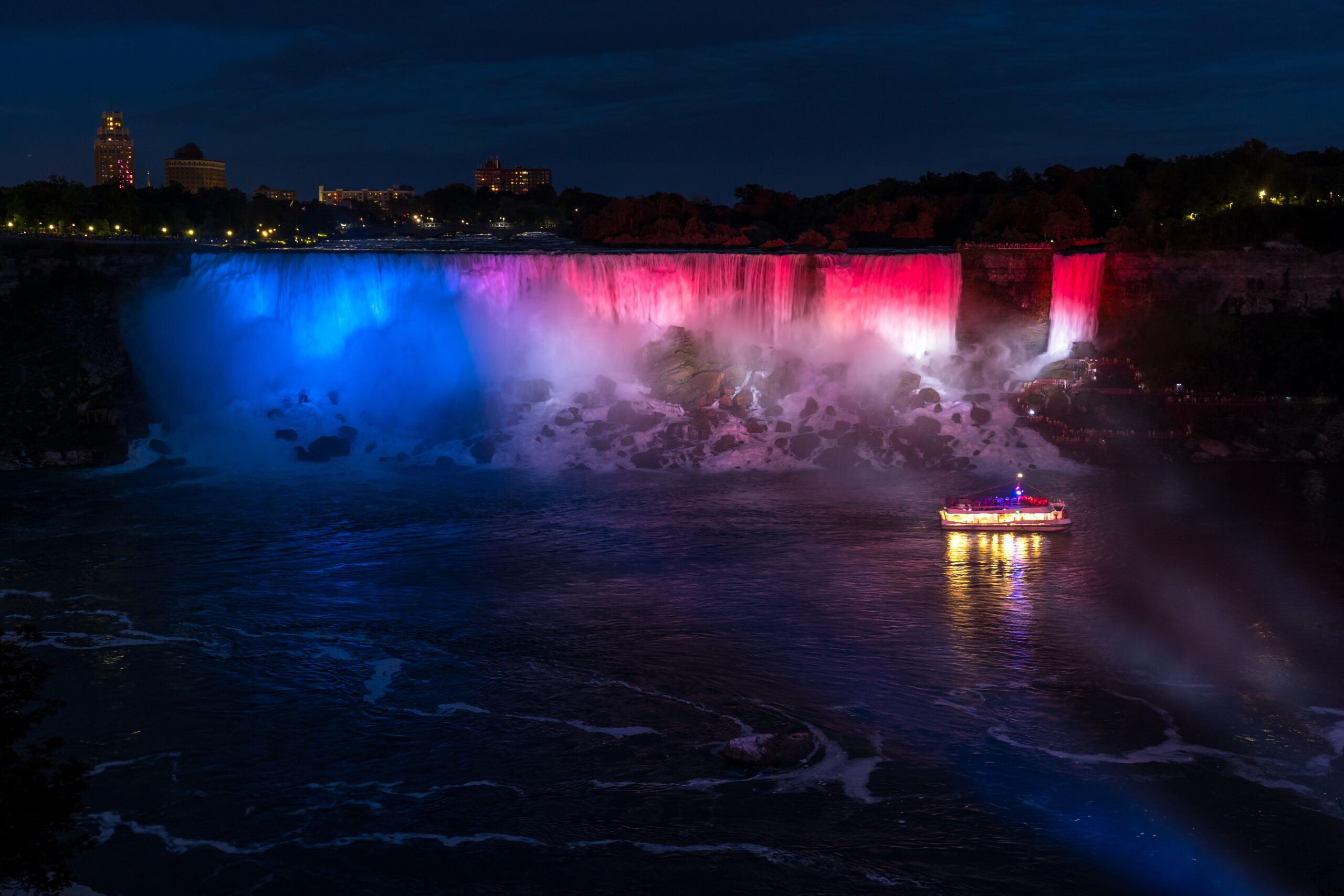The majestic Niagara Falls were formed at the end of the Ice Age, about 10,000 years ago. As massive glaciers retreated from North America, they carved out a path for Niagara River to flow between two large hills: Goat Island and Navy Island in upstate New York. This created three waterfalls – Horseshoe Falls on the Canadian side, and the American Falls and Bridal Veil Falls on the US side. The combined flow of these three waterfalls makes Niagara Falls the most powerful waterfall in North America.

The area around Niagara Falls has long been a popular tourist destination. Native Americans were familiar with the falls for centuries before Europeans arrived in North America, and they used the power of the waterfalls for fishing and transportation. The first European to view Niagara Falls was Father Louis Hennepin in 1678, who gave them their name after a nearby creek.
The commercial development of Niagara Falls began in the 19th century with the building of a canal to allow ships to get close enough to dock and take on passengers. The Niagara Falls Power Company was formed in 1881 and began constructing a hydro-electric powerplant using the force of the falling water. This opened up industries to take advantage of cheap energy, including paper mills, chemical plants, and steel manufacturers. Today, Niagara Falls is an iconic tourist destination and an important source of electricity for much of the region.

The awe-inspiring power of Niagara Falls continues to draw visitors from all over the world each year who come to marvel at its natural beauty and take in its history. There are plenty of activities for visitors, such as boat tours and sightseeing opportunities, that allow them to get up close to these magnificent waterfalls. Niagara Falls is truly a wonder of the natural world and one that should not be missed!



